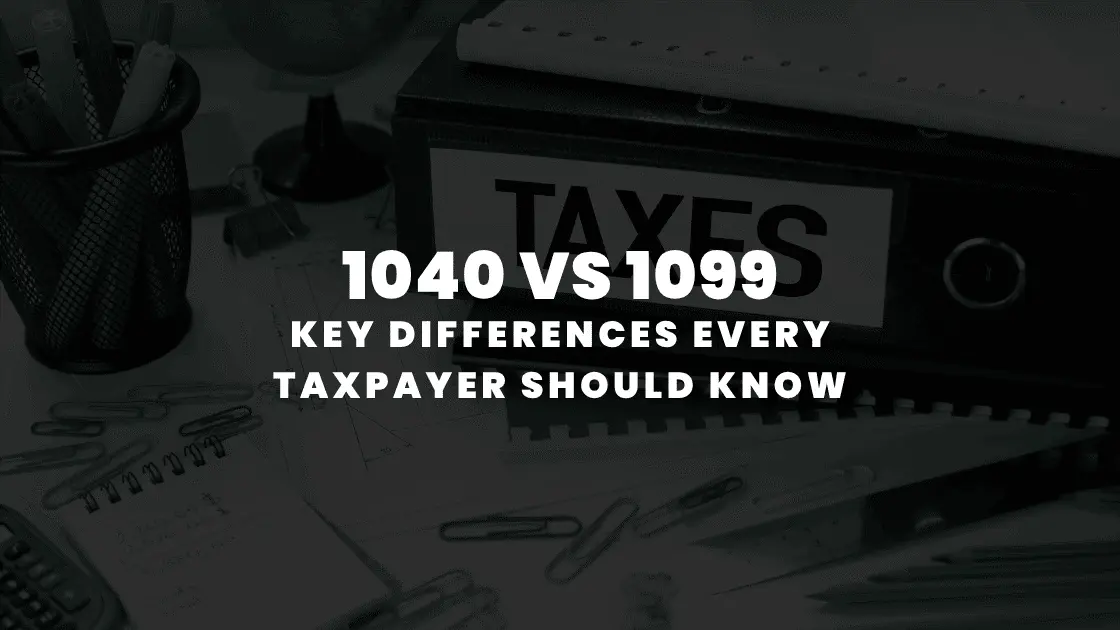June 2 2022 | By Wajiha Danish | 5 minutes Read

A good investor must know the nitty-gritty of investments, such as the profit rates, market variation, and dividend types. As it goes, those who invest in corporate stocks receive a portion of fixed profit now and then. Call it dividends. The sum usually adjusts every three months in line with the company’s progress. However, no two are the same, breaking down into qualified and nonqualified dividends.
So, what’s the difference between the two? Taxes. The former gets taxed at capital gains rates and the latter at ordinary income tax rates. The difference is massive as the federal income tax brackets go up to 37%, while the capital gains stay below 20%.
Translate that into numbers, and you will be astonished to see how much a difference it makes. Simply put, it matters whether your dividends are qualified or not. Here’s how to differentiate the two.
So, we know that qualified dividends get preferential tax treatment and nonqualified get the stick. Before we delve into numbers and percentages, let’s first understand the two types.
Nonqualified dividends are paid typically by real estate investment trusts, Master Limited Partnerships (MLP), and tax-exempt companies. Moreover, employee stock option plans and money market accounts of the credit union, mutual saving banks, and loan associations also give away nonqualified dividends.
Every other dividend paid by U.S. corporations falls into the qualified class.
For the qualified status and preferential tax treatment, a dividend must adhere to two Internal Revenue Service standards defined below;
Fair to say, the first is relatively simple. The investment should be in a U.S. corporation or a qualified foreign one. So, what makes an overseas company qualified? U.S Association. The foreign corporation must share connections in the U.S. in some way. Typically, companies in countries having a tax pact with the IRS and Treasury Department rock the qualified status.
However, stocks of qualified corporations don’t always give you a treat. To get preferential tax treatment, you must follow IRS-defined special holding requirements; hold a common stock for at least 60 days out of the 121 days and preferred stock for at least 90 days out of the 181 days. More aptly put, buy the share at least 60 days before the ex-dividend date or the date on which the dividend is processed and paid.
So, it is no surprise that investors chase qualified dividends. Why shouldn’t they? After all, it saves thousands of dollars. In truth, every investor relishes profits of a low capital gains rate, but those in the top two income tiers enjoy the max. Let’s review the tables;
Table 1: Dividend Tax Rates for Tax Year 2022
|
Tax Rate |
Single |
Married/Filling Jointly |
Married/Filling Separately |
Head of Households |
|
0% |
$0 to $41,675 |
$0 to $83,350 |
$0 to $41,675 |
$0 to $55,800 |
|
15% |
$41,676 to $459,750 |
$83,351 to $517,200 |
$41,676 to $258,600 |
$55,801 to $488,500 |
|
20% |
$459,751 or more |
$517,201 or more |
$258,601 or more |
$488,501 or more |
The first column on the left shows why qualified dividends are worth gold. They only fall into three tax brackets compared to seven of income tax. For the financial year 2021/2022, stock investors with an average annual income of $41,675 or less don’t even have to pay a penny. In the meanwhile, those in the other two tiers save thousands. Here’s how;
Say a single taxpayer, John with a taxable income of $75,000, buys 10,000 shares of Company A. Each yields $2 each in ordinary dividend or $20,000 per annum. Per the federal income tax brackets, he falls into the 22% marginal category. Simply put, he would pay $4,400 in taxes on $20,000 dividends. However, if John had bought qualified dividends, he would have to pay 15% only or $3,000. The savings add up to $1,400!!!
Now, let’s assume John earns a million dollars income, falling into the 37% income tax bracket. He buys 50,000 ordinary shares in Company A at $2 per unit. The investment would reap about $100,000 in yearly dividends. Can you guess how much tax he would pay on that? 37% percent or $37,000. Now then, if only he had qualified dividends, the tax would have been 20% or $20,000. That’s a saving of $17,000!!!
See Also: How Much Does An Average American Tax Payer Pay?
The preferential tax treatment that qualified dividends receive puts them head and shoulders above the nonqualified dividends. The profits enter thousands of dollars, especially for investors with shares in big corporations. The difference exists because qualified dividends are taxed at capital gains rates, while nonqualified dividends are at federal income tax rates.
Not to forget, dividends are taxed twice too. First at the corporate level and then again at the shareholder’s level. Thus, the best way to minimize the tax burden on dividends is to opt for qualified dividends over nonqualified ones.
Find it hard to identify qualified dividends? Consult tax experts! Remember, time runs fast. To get special tax treatment on your next investment, you ought to beat the ex-dividend date by at least 60 days!!!
Subscribe for business tips, tax updates, financial fundamentals and more.
MORE BLOGS

Starting a business is exciting, right? There’s innovation, there’s growth potential, and the thrill of building something from scratch. But amid all the planning, entrepreneurs often […]
Learn More →
Starting a business is quite thrilling, until tax season arrives. For founders, understanding the nitty gritty of startup taxation can make a difference between financial efficiency […]
Learn More →
Tax season can be overwhelming, especially when you’re staring at multiple forms with numbers instead of names. Two of the most common, and often misunderstood, are […]
Learn More →